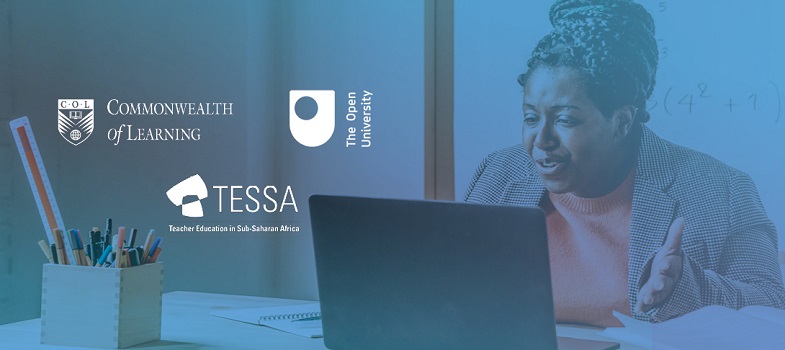The three inclusivity challenges that we have are:
1. poor learning some students distract other students. Some just like to distract teachers and tend to cheat with while doing an exam. They distract teacher and we have an unproductive time.
How to deal with it set class rules as from the 1st day of classes. As teachers we can model some behaviours for children to understand that we need to follow rules. Use motivational words and give that child a task while teacher is teaching such as taking attendance. If someone needs help he/she can assist while teacher is teaching.
2. Low literacy Level some students have difficulties in reading. This has been a struggle we have been going through. Parents are busy working and they have no time to read to their child.
We have an intervention program with standard 1 students. Where by I have notice that if we can start the program from preschool we can help them. Read stories every day and have them share at home with family. Start with drawing pictures or coloring main characters with preschool. Each level would have own program. We emphasize a lot of reading pictures and finding interactive games. Fish for letters, hopscotch on letters, pictures reading and sounds.
3. Hunger and poverty. Most of our student at my school goes with out breakfast or sometimes have limited lunch. Some live in a very small house with huge families.
What we do the school leader buys food for them. Sometimes during break times teachers buys snacks for students.
As teachers we go to church with a grocery basket as an offering and then school leader assist the family. This was started before the pandemic. We cannot afford a lot but we try to help our students every two months. We wish it can be every month.
